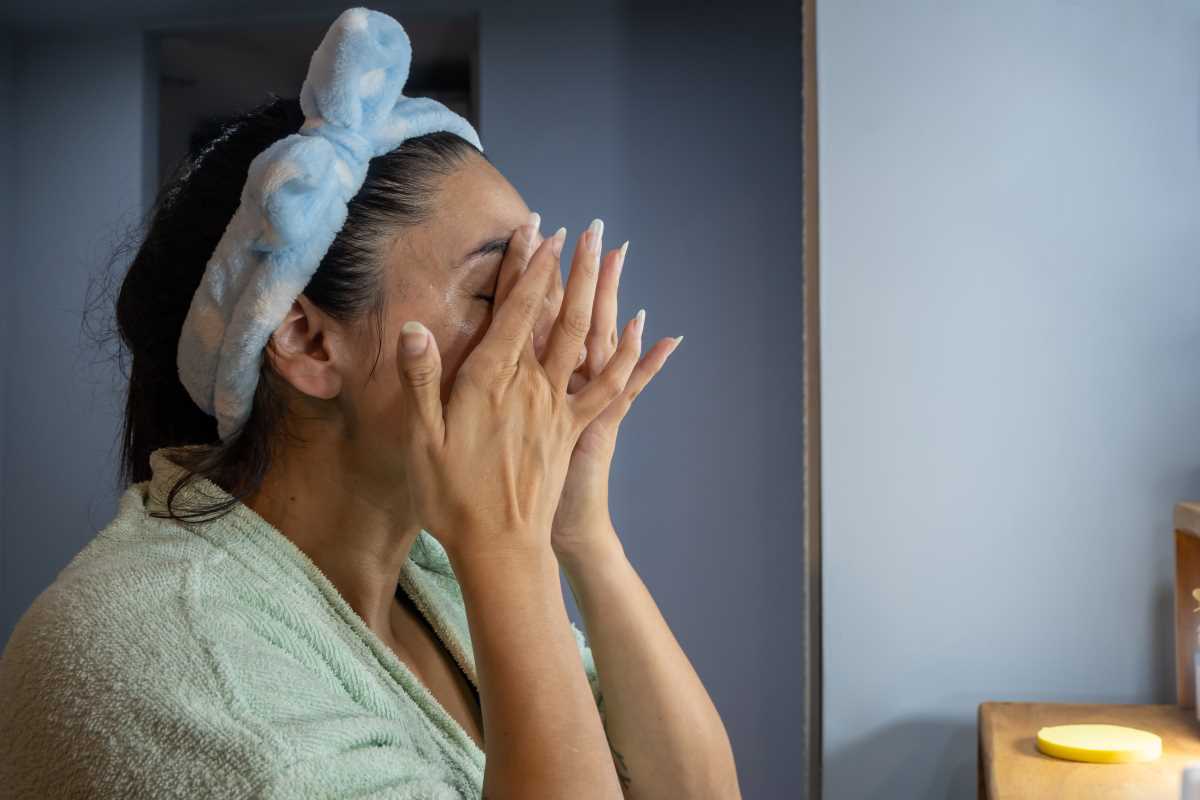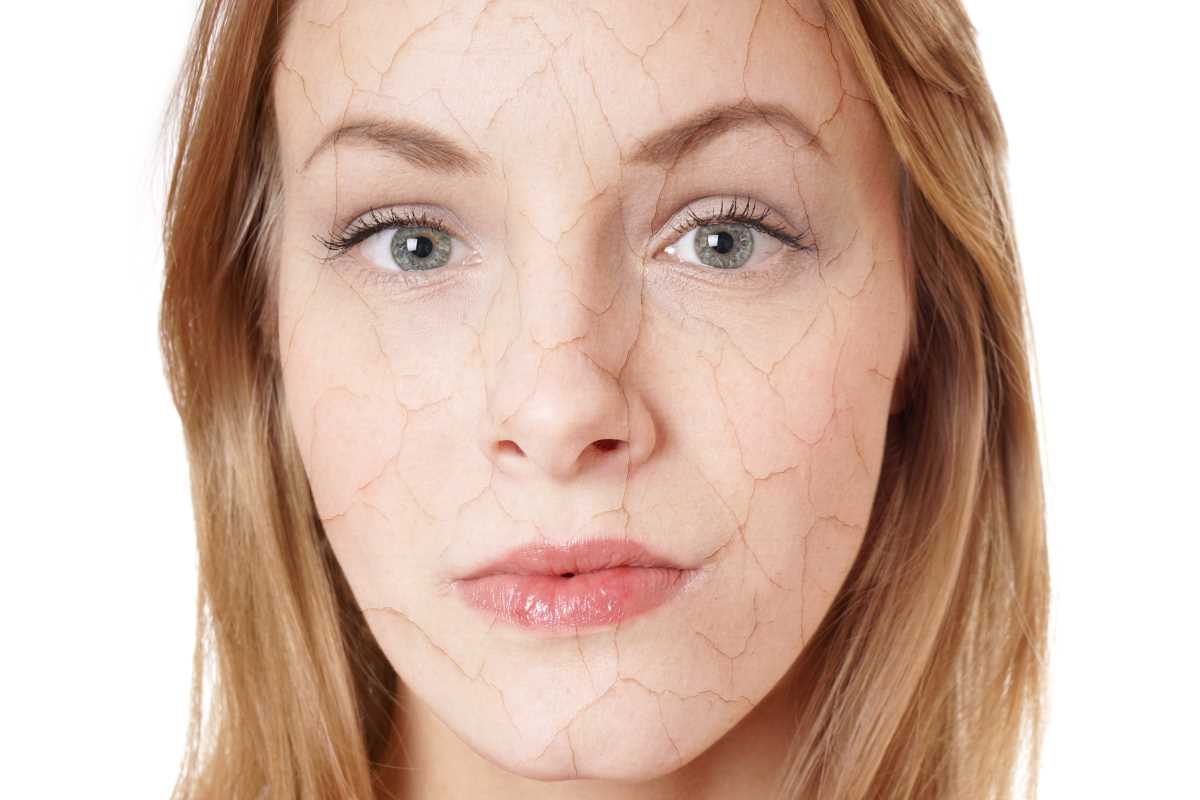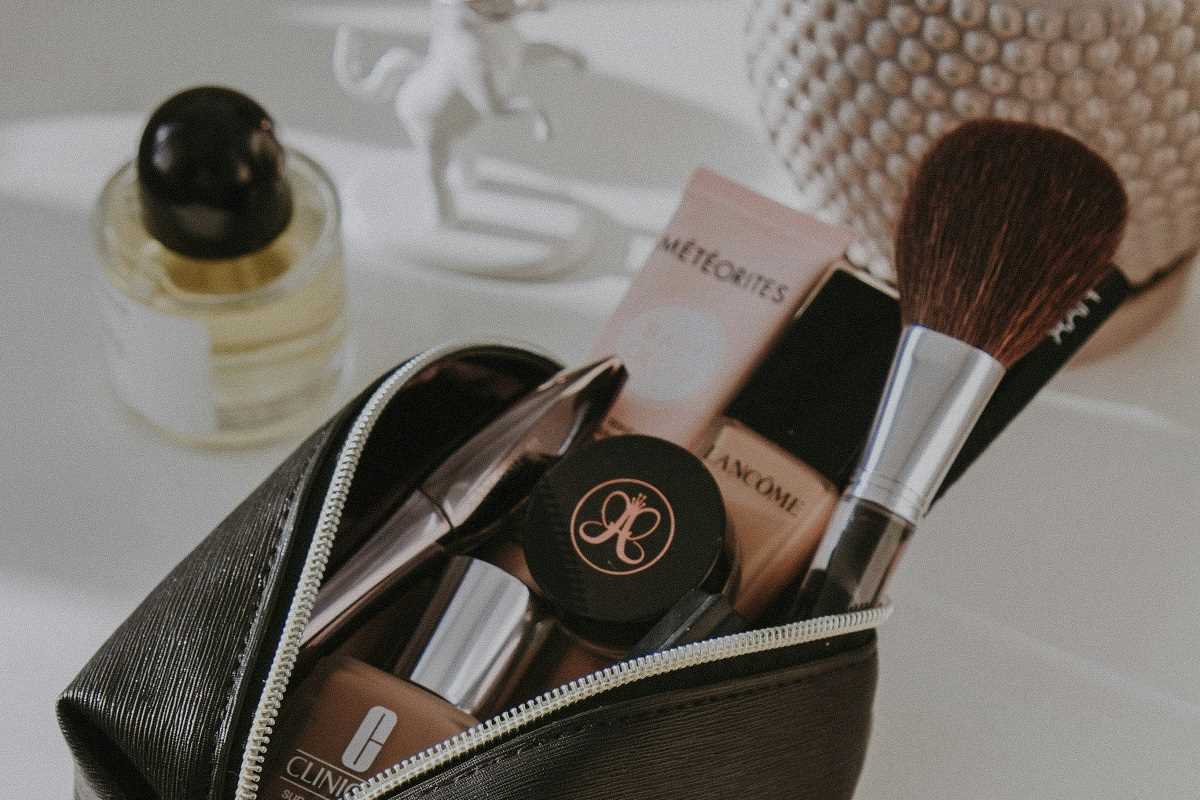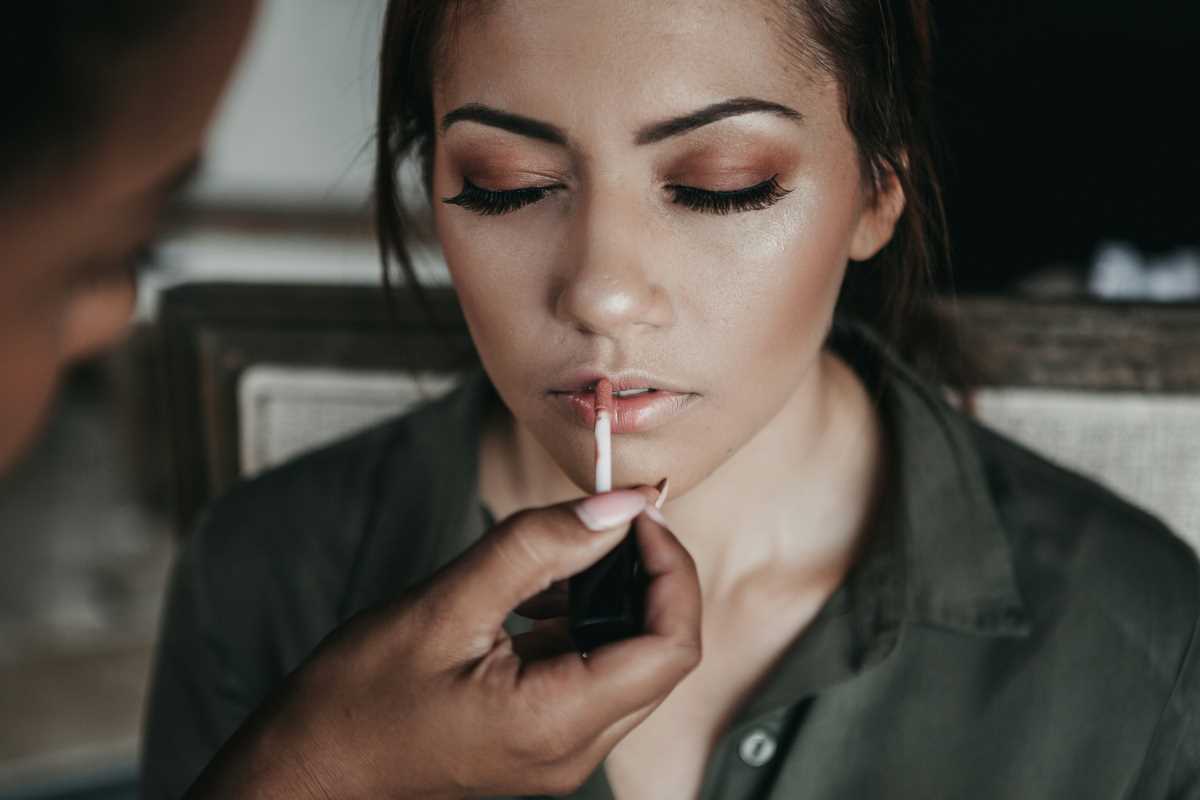Most of us love the idea of having flawless, glowing, almost see-through skin, aka “glass skin.” It’s smooth, dewy, and looks like it’s lit from within. You’ve probably seen it all over Instagram and TikTok. This skincare trend started in South Korea and became super popular for good reason: it looks fresh, youthful, and healthy. But here’s the catch—most guides to achieving glass skin involve a 10-step skincare routine (sometimes even more!). That’s a lot of time, money, and products.
If you’re someone who wants the glow but not the fuss, you’re in luck. You don’t need an overflowing shelf of serums, toners, and essences to get that radiant look. With the right knowledge, a few key products, and smart habits, you can get glass skin without overcomplicating your routine. In this guide, we’ll break it all down into easy steps so you can glow up without stressing out.
Before we dive into how to get it, let’s explain what glass skin really means. It’s not about being shiny or greasy. Glass skin is all about skin that looks:
- Smooth and even
- Hydrated (but not oily)
- Poreless or nearly invisible
- Plump and bouncy
- Naturally glowing—not from highlighter
It’s a healthy skin look that reflects light in all the right ways. Think baby-soft skin with a dew-drop finish.
The original 10-step K-beauty routine includes everything from cleansing oil and foaming cleansers to toners, serums, ampoules, masks, eye creams, and more. While this routine can work wonders, it’s not practical for everyone. The good news? You don’t need 10 different bottles to achieve results. You just need the right steps in the right order.
The key to glass skin isn’t the number of products—it’s consistency, hydration, and protection.
Step 1: Start With a Gentle Cleanser
Clean skin is the first step to clear skin. But you don’t want to strip your face of natural oils either. Look for a gentle, non-drying cleanser that removes dirt, sweat, and makeup without making your skin feel tight afterward.
Foaming cleansers can be okay if they’re sulfate-free, but gel or cream cleansers are often better for maintaining moisture. If you wear makeup, consider a cleansing balm or micellar water first to take off the top layer before you wash.
A clean face allows the next products to absorb better—and helps prevent clogged pores.
Step 2: Exfoliate (But Not Every Day)
Exfoliating helps get rid of dead skin cells that make your face look dull or uneven. It also smooths your texture, which is a big part of the glass skin look. You don’t need to scrub hard with harsh beads. Instead, go for chemical exfoliants like AHAs (alpha hydroxy acids) or BHAs (beta hydroxy acids), which gently dissolve dead skin cells.
Use an exfoliant 1–3 times per week, depending on your skin type. Sensitive skin? Once a week is enough. Oily or acne-prone? Try two to three times.
This step makes a huge difference in how glowy and smooth your skin looks.
Step 3: Hydration Is Your Best Friend
Hydration is the secret to that plump, juicy skin look. You want layers of moisture—not grease. Start with a lightweight toner or hydrating mist after cleansing. Look for ingredients like hyaluronic acid, glycerin, or aloe.
Then, follow with a serum or moisturizer that locks in the water. Hyaluronic acid serums are great because they pull moisture into your skin and make it look fuller. If your skin is dry, you can even layer a face oil on top (just a couple drops!).
You don’t need five different products for hydration—just one or two that actually work.
Step 4: Use a Lightweight Moisturizer
Even oily skin needs moisturizer! The goal is to keep water in the skin, not just to add oils on top. A good moisturizer helps smooth your texture and supports the skin barrier, which is like your body’s natural defense system. If that barrier is healthy, your skin will look clearer and more balanced.
Look for gel-cream textures if you want something light and breathable, or go with a richer cream if your skin is dry or flaky. Ingredients like ceramides, squalane, or panthenol are all winners here.
Step 5: SPF Is Non-Negotiable
You could have the best skincare routine in the world, but if you skip sunscreen, your skin won’t look its best. Sun damage causes dullness, dark spots, and uneven texture—all things that ruin the glass skin effect.
Choose a lightweight sunscreen with at least SPF 30 and wear it every single day, even if it’s cloudy. Many modern formulas are invisible, non-greasy, and even hydrating. You can even find sunscreens with a slight glow built in, which boosts your skin’s natural radiance.
Optional Boosters (If You Want to Go a Little Further)
If you’re keeping things super simple, you can stop right there. But if you want a little extra boost without doing a full 10-step routine, here are a few optional add-ons:
Face Mist: A quick mist during the day can refresh your makeup and keep your skin dewy.
Sheet Mask (1–2x a week): These are fun, relaxing, and deeply hydrating.
Vitamin C Serum: Helps brighten skin and fade dark spots.
Niacinamide: Balances oil and smooths skin tone.
None of these are “must-haves,” but they can give your skin that little extra glow if you’re into it.
What If You Have Acne or Texture?
Glass skin might feel out of reach if you’re dealing with acne, large pores, or rough texture. But don’t worry—you can still improve your glow, even if your skin isn’t “perfect.” Focus on healing your skin, not hiding it. Hydration, gentle exfoliation, and calming ingredients like niacinamide and centella asiatica can all help. Skip the harsh treatments unless they’re prescribed, and be kind to your skin. It’s a journey, not a race.






